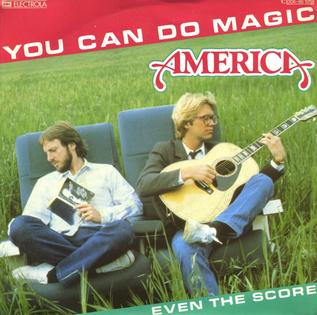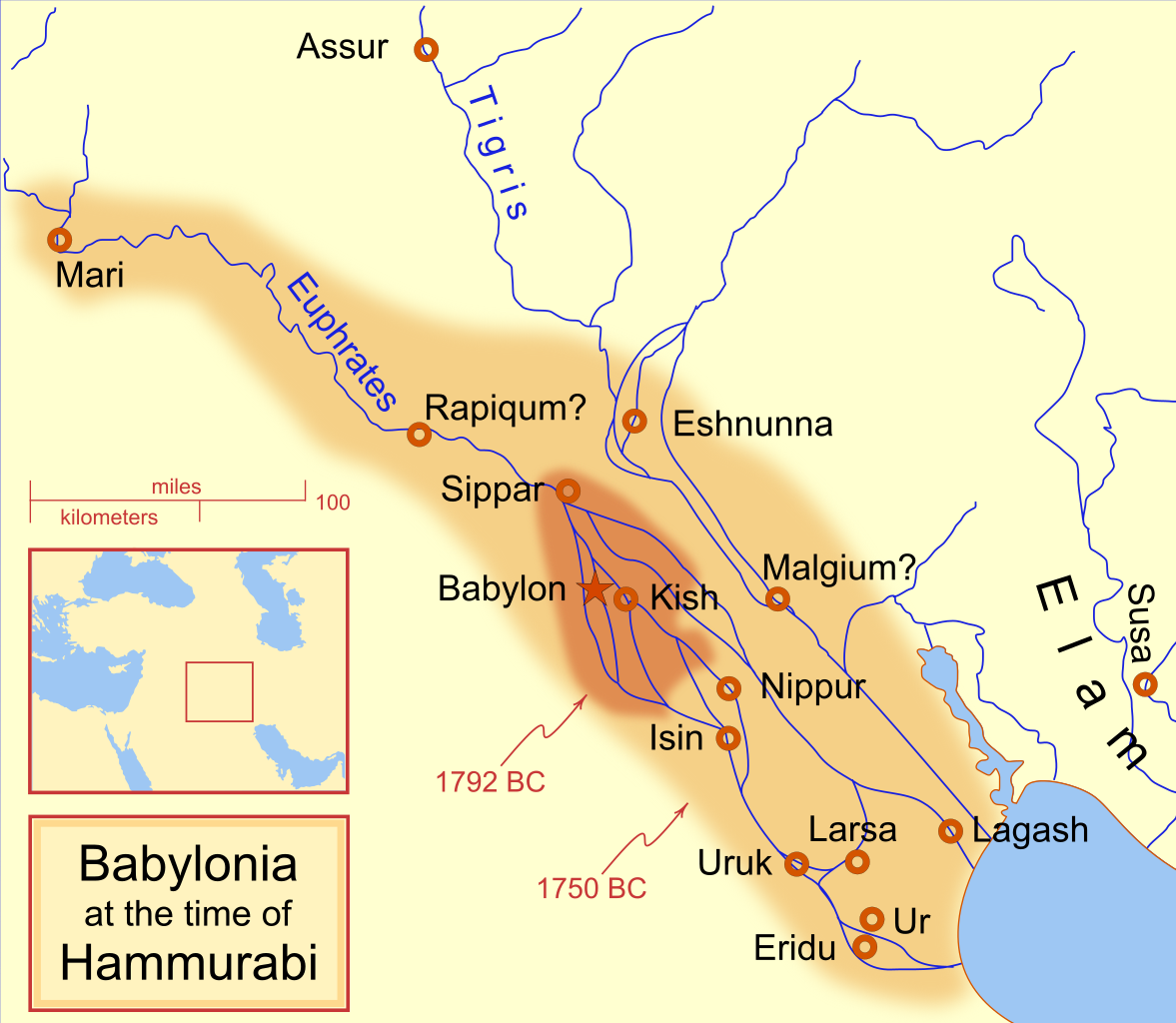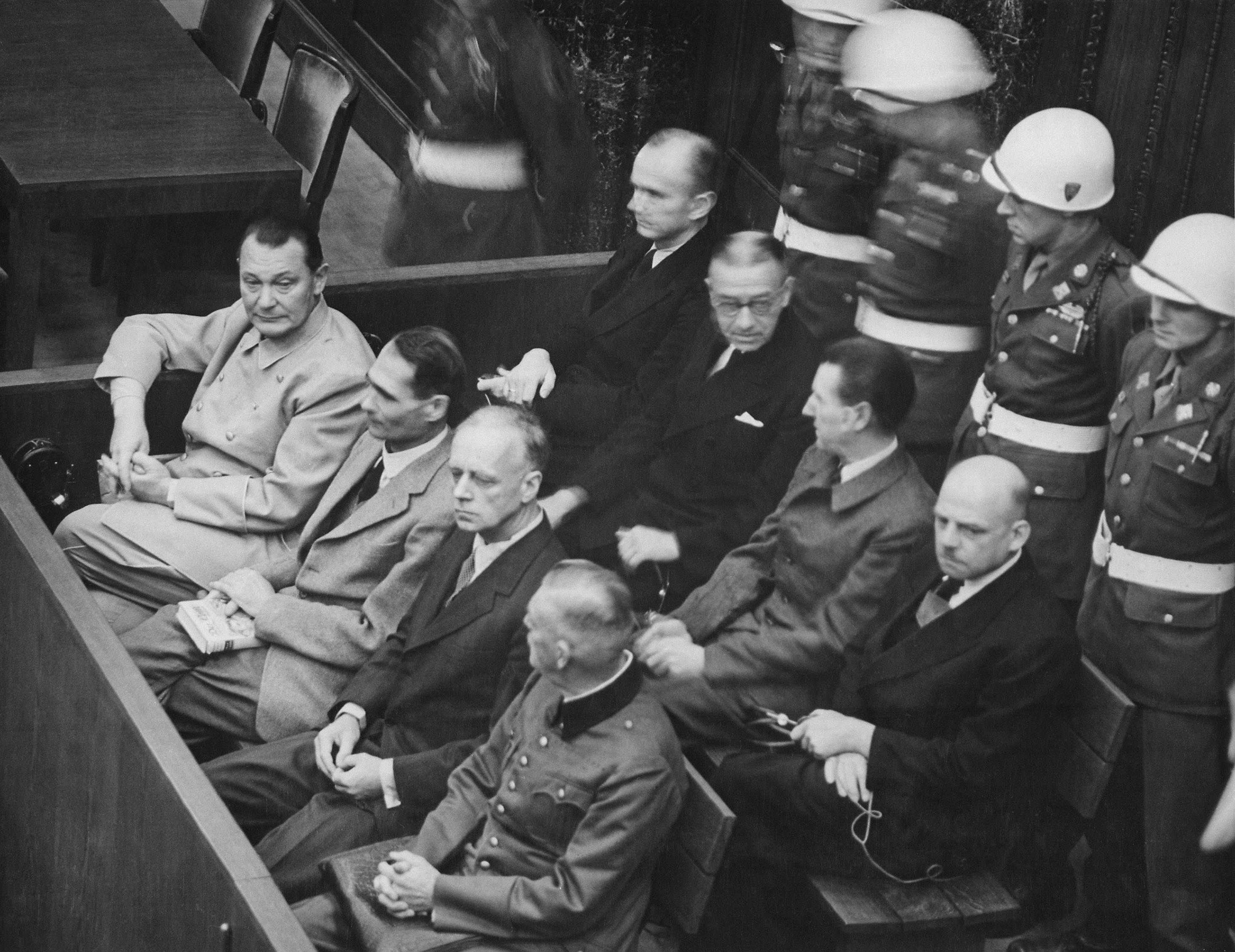This week, I wanted to give a shout out to another overlooked Historical Drama gem film, "Masquerade":
Set during the reign of King Gwanghae, the fifteenth monarch of Korea's Joseon dynasty, "Masquerade" is a creative interpretation of the missing 15 days in the 승정원 일기 (Journal of the Royal Secretariat), based on the cryptic entry:
Director Choo Chang-min spins the above quote into a fanciful tale wherein the King is poisoned and, fearing further assassination attempts, temporarily replaces himself with a physically identical acrobat and comedian, Ha-sun, for the 15 days while he recovers.
Essentially a retelling of the classic tale "The Prince and the Pauper," "Masquerade" is a fish out of water story where Ha-sun needs to quickly learn how to be a royal or all kinds of things could go wrong. Additionally, King Gwanghae and his body double are quite different, the former being a tyrannical asshat whereas the latter is empathetic and kind hearted, so it doesn't take too long for people to start to figure out something is amiss. Nevertheless, Ha-sun is able to make a mark on the court and even the King with his earnestness and compassion.
A lively historical film, "Masquerade" nicely balances drama and comedy without becoming overly sentimental, and includes some pointed shots at Chinese soft imperialism. The production design, sets and costumes are first rate and Lee Byung-hun excels in the dual role of both King Gwanghae and Ha-sun, where he gets to show off his acting range beyond his typical gangster-type roles (e.g., "The Good, the Bad and the Weird").
So, if you are an East Asian history buff, lover of K-dramas or just want to watch a good costume drama, check out this film!
"One must not record that which [the king] wishes to hide."
Director Choo Chang-min spins the above quote into a fanciful tale wherein the King is poisoned and, fearing further assassination attempts, temporarily replaces himself with a physically identical acrobat and comedian, Ha-sun, for the 15 days while he recovers.
Essentially a retelling of the classic tale "The Prince and the Pauper," "Masquerade" is a fish out of water story where Ha-sun needs to quickly learn how to be a royal or all kinds of things could go wrong. Additionally, King Gwanghae and his body double are quite different, the former being a tyrannical asshat whereas the latter is empathetic and kind hearted, so it doesn't take too long for people to start to figure out something is amiss. Nevertheless, Ha-sun is able to make a mark on the court and even the King with his earnestness and compassion.
A lively historical film, "Masquerade" nicely balances drama and comedy without becoming overly sentimental, and includes some pointed shots at Chinese soft imperialism. The production design, sets and costumes are first rate and Lee Byung-hun excels in the dual role of both King Gwanghae and Ha-sun, where he gets to show off his acting range beyond his typical gangster-type roles (e.g., "The Good, the Bad and the Weird").
So, if you are an East Asian history buff, lover of K-dramas or just want to watch a good costume drama, check out this film!






































.JPG/729px-Frank_Mentzer_-_Lucca_Comics_%26_Games_2014_(cropped).JPG)


